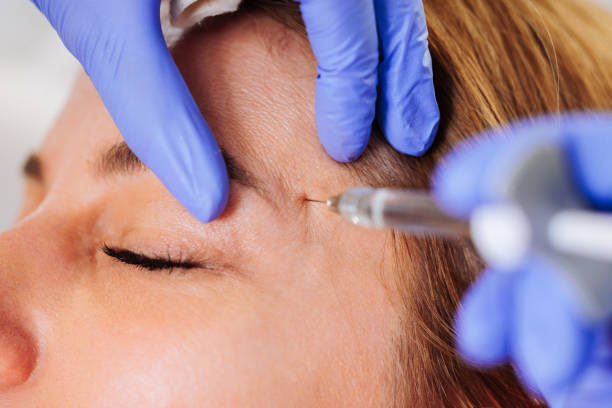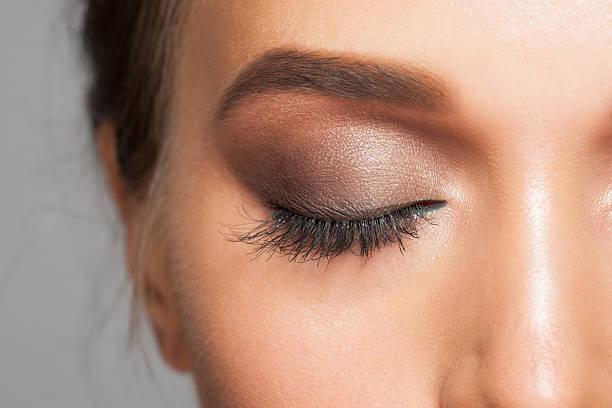
How to Restore Collagen in the Face
Restoring Collagen in the Face: A Comprehensive Guide
Collagen is the building block of the skin that gives it structure and elasticity. As we age, our body’s production of collagen decreases, leading to signs of aging such as wrinkles and sagging skin. To restore collagen in the face, various strategies ranging from skin care routines to nutritional adjustments and clinical treatments can be employed. This article will guide you through the multiple ways you could potentially boost collagen production and enhance the youthful appearance of your facial skin.
The Role of Topical Treatments
Topical treatments are often the first port of call for those looking to restore collagen in the face. These treatments include over-the-counter products and prescription creams that aim to stimulate collagen production. Key ingredients to look out for include retinoids, peptides, and vitamin C, which are known for their collagen-boosting properties.
- Retinoids: Derived from vitamin A, retinoids are proven to not only increase collagen production but also improve skin texture.
- Peptides: These small protein fragments can signal your skin to ramp up collagen synthesis, making peptide-rich serums a must-have in your skincare routine.
- Vitamin C: An antioxidant that is crucial for collagen synthesis, using a high-quality vitamin C serum can also protect your skin from free radicals.
It’s important to note, however, that topical treatments have their limitations, especially when it comes to penetrating the deeper layers of the skin where much of the collagen is actually located. Consistency and patience are key when using topical treatments, as results can often take weeks or months to become visible.
Nourishing Your Skin From Within
The food we eat plays a vital role in the health of our skin. A diet rich in antioxidants, vitamins, and minerals can support the body’s production of collagen. Foods high in vitamin C, such as citrus fruits, berries, and green leafy vegetables, are particularly important. Additionally, consuming healthy fats from sources like avocados, nuts, and fish can help maintain the integrity of the skin’s lipid barrier, promoting a more youthful-looking complexion. Here are some dietary additions to consider:
- Foods rich in sulfur, such as garlic and onions, can aid in the formation of collagen
- Bone broth, which contains collagen, glycosaminoglycans, and amino acids, can support your body’s collagen synthesis
- Foods high in zinc like pumpkin seeds, chickpeas, and cashews are known to act as co-factors for collagen production
Incorporating a balance of these elements into your diet could lead to improved skin health and a potential increase in collagen levels.
Supplements That Support Collagen Production
For an additional boost, many turn to collagen supplements. These come in various forms, including powders, capsules, and liquids, and typically contain hydrolyzed collagen, which is easily absorbed by the body. Collagen supplements can come from different sources, including bovine, marine, and chicken, and selecting a high-quality supplement is essential.
1. Hydrolyzed Collagen: Also known as collagen peptides, this form of collagen is broken down into smaller, easy-to-absorb particles.
2. Collagen-Boosting Supplements: Supplements such as hyaluronic acid, biotin, and coenzyme Q10 can support collagen production and skin hydration indirectly.
3. Gelatin: Similar to hydrolyzed collagen, gelatin—a cooked form of collagen—is beneficial for skin health.
While the effects of collagen supplements on the skin are promising, it’s wise to combine them with a healthy diet and topical treatments for best results. Remember to consult with a healthcare provider before adding new supplements to your regimen.
Lifestyle Adjustments to Enhance Collagen Production
Aside from diet and supplements, lifestyle factors can impact collagen levels in the skin. Protecting your skin from excessive sun exposure by using broad-spectrum sunscreen can prevent the breakdown of collagen. Moreover, habits such as smoking and high sugar intake can damage collagen fibers, leading to premature aging of the skin. Here are a few lifestyle adjustments you might consider to protect and enhance your collagen:
- Avoid excessive sun exposure and always wear SPF when outdoors
- Quit smoking, which can result in collagen degradation
- Reduce sugar intake to prevent glycation, which can stiffen and break down collagen fibers
- Get enough sleep, as restorative rest is crucial for the body’s repair processes, including collagen production
- Manage stress, as high cortisol levels can degrade collagen
By implementing these lifestyle changes, not only do you support your overall health, but you also create a favorable environment for collagen production in the skin.

Clinical Treatments and Procedures
For those looking for more immediate or dramatic results, several clinical treatments can help stimulate collagen production in the skin. These options should always be discussed with and performed by qualified professionals. Popular treatments include:
1. Laser Therapy: Laser treatments like fractional laser resurfacing work by creating micro-wounds in the skin, stimulating the body’s natural healing response and promoting new collagen.
2. Microneedling: This procedure involves using fine needles to create tiny punctures in the skin, which can encourage collagen production as part of the healing process.
3. Ultrasound Therapy: Ultrasound treatments, such as Ultherapy, use focused sound waves to heat the deep layers of the skin, which can increase collagen synthesis over time.
4. Radiofrequency: Radiofrequency treatments heat the skin using energy waves, encouraging collagen remodeling and skin tightening.
5. Chemical Peels: By removing the outer layer of dead skin cells, chemical peels can trigger the growth of new, collagen-rich skin underneath.
Each of these treatments comes with its own set of considerations, including cost, recovery time, and potential side effects, so thorough research and professional consultation are recommended before proceeding.
Conclusion
Collagen restoration in the face is an achievable goal through a multifaceted approach. Topical treatments, dietary adjustments, supplements, lifestyle changes, and professional procedures all offer avenues to enhance collagen production. Each method can be beneficial on its own, but when combined, they create a comprehensive strategy to combat the visible signs of aging and promote a youthful complexion. As with any health and beauty regimen, individual results will vary, and it’s important to maintain realistic expectations, seek professional advice, and prioritize overall skin health.
FAQs
1. How quickly can I see results from collagen restoration treatments? Results can vary based on the treatment approach. Topical treatments and dietary changes may take several weeks to months to show visible improvement, whereas clinical procedures often yield quicker results. Consistency is crucial for best outcomes.
2. Are collagen supplements safe to take? Collagen supplements are generally considered safe for most people, but it’s always recommended to consult with a healthcare provider before starting any new supplement regimen.
3. Can I restore collagen naturally without supplements or clinical treatments? Yes, you can support your body’s natural collagen production through a healthy diet, adequate sun protection, regular exercise, and avoiding smoking and excessive sugar intake.
4. Do collagen creams really work? Collagen creams may provide temporary benefits by hydrating the skin, but they often cannot penetrate deeply enough to stimulate new collagen production. Look for creams with collagen-boosting ingredients like retinoids or vitamin C for more significant effects.
5. Are there any side effects from collagen-boosting procedures? Some procedures, particularly clinical ones, can have side effects such as redness, swelling, and bruising. It’s important to discuss potential risks with a healthcare professional and ensure treatments are performed by qualified practitioners.

